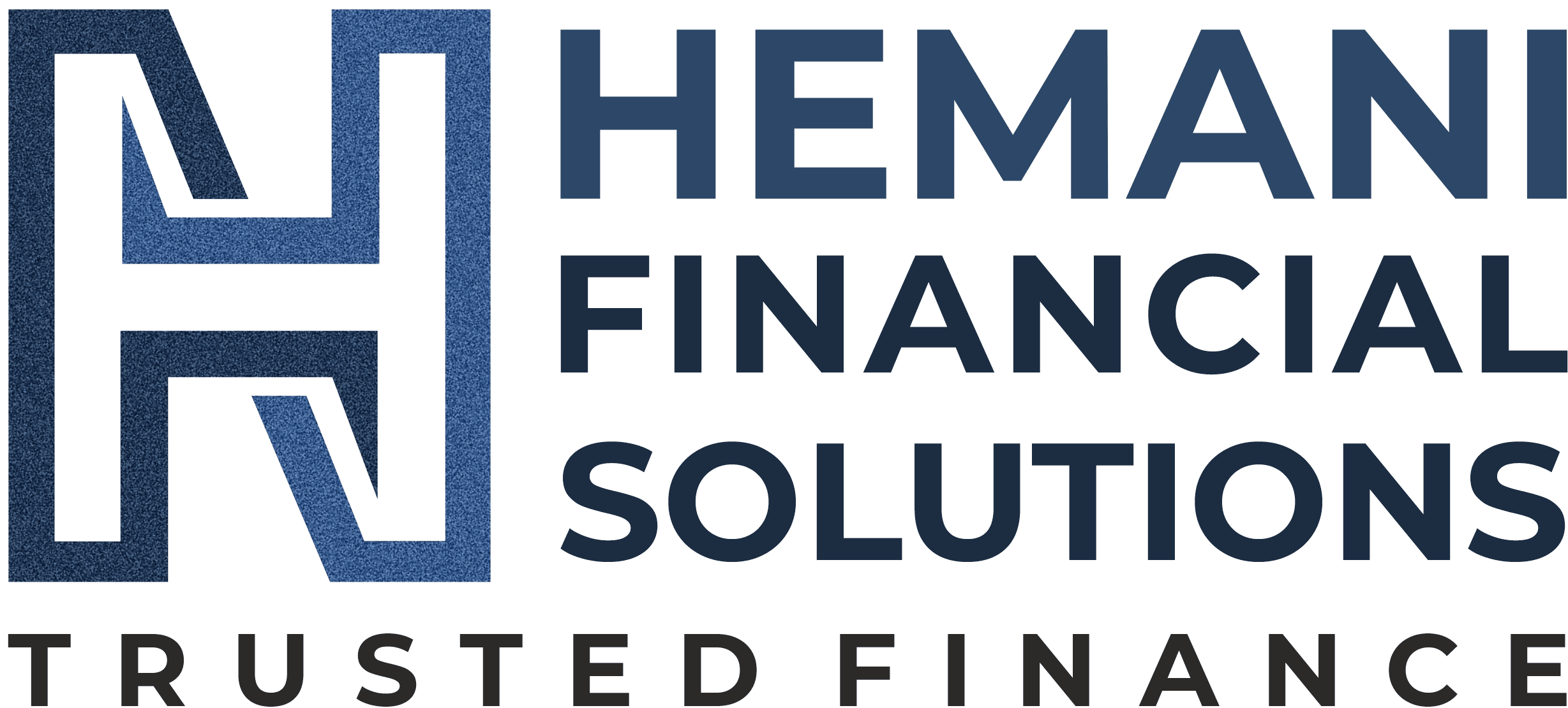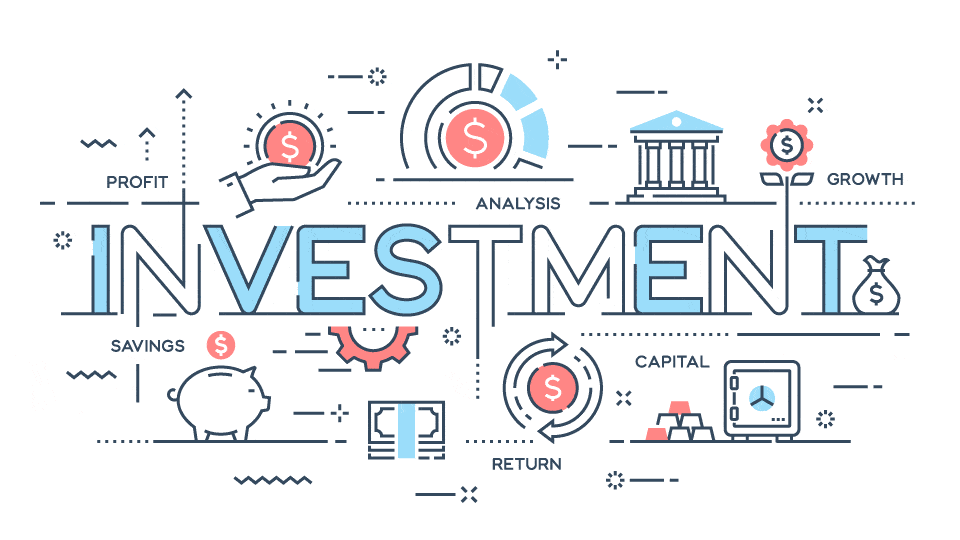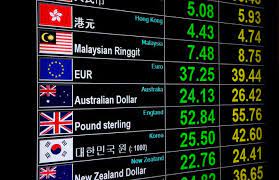When analyzing an investment decision, it is important to evaluate the risk attached to the investment.
The two basic types of Investment risks are:
- Systematic Risk – It is the market risk that is faced by all firms. Since all investments are affected, this risk cannot be offset through diversification.
- Unsystematic Risk – It is the risk inherent in particular investment security and can be offset through diversification.
Types of investment risk include credit default risk, liquidity risk, maturity risk (interest rate risk), inflation risk, political risk, exchange rate risk, business risk, country risk, principal risk.
Whether the expected return on investment is sufficient to entice an investor depends on its risk, the risks and returns of alternative investments, and the investor’s attitude towards risk.
A risk-seeking investor regards the utility of a gain as exceeding the disutility of a loss of the same amount.
The risk premium is the excess of an investment’s expected rate of return over the risk-free return.
The risk-free rate of return is the interest rate on the safest investment (considered to be US Treasury Bills)
The required rate of return takes into account all the investment risks that relate to a specific security.
Return is the amount received by an investor as compensation for taking on the risk of the investment.
Rate of return = Return / Amount Invested
Compare various investments based on their rate of return.
Linear regression and Correlation Analysis
Regression Analysis is the process of deriving the linear equation that describes the relationship between two variables.
Simple regression is used when exactly one independent variable is involved, and multiple regression is used when there is more than one.
Correlation analysis is used to measure the strength of the linear relationship between two variables, expressed mathematically in terms of the coefficient of correlation (r).
Standard error measures how well the linear equation represents the data. It is the vertical distance between the data points in a scatter diagram and the regression line.
The high-low method is used to generate a regression line by basing the equation on only the highest and lowest of a series of observations.
Quantifying Investment Risk
The expected rate of return on investment is an average of the possible outcomes weighted according to their probabilities (expected value calculation)
Expected rate of return = Sum(Possible rate of return * Probability)
The standard deviation gives an exact value for the tightness of the distribution and the riskiness of the investment. The greater the standard deviation, the riskier the investment.
Standard Deviation = square root[variance] = square root [sum(Return-Expected return)^2 *probability]
Check out the variance of the return from the expected returns using standard deviation.
The coefficient of variation measures the risk per unit of return. It equals the standard deviation divided by the expected rate of return.
The coefficient of correlation (r) measures the degree to which any two variables are related. It has a range from -1 to 1. A perfect positive correlation means that the two variables always move together. A perfect negative correlation means that the two variables always move in the opposite direction.
Diversification reduces aggregate volatility. By combining imperfectly correlated securities into a portfolio, the risk of the group as a whole is less than the average of their standard deviations.
Capital Asset Pricing Model
The capital asset pricing model (CAPM) measures how equity security contributes to the risk and return of a diversified portfolio. The basis of the CAPM is that an investor must be compensated for the time value of money and risk.
The time value component is the risk-free rate, which is the return provided by the safest investment, for example, US Treasury Securities.
The risk component consists of the following:
- The market risk premium is the return provided by the market above the risk-free rate
- Beta is a sensitivity of the security’s volatility relative to the movements of the overall market
- The security risk premium is B(Rm-Rf). Thus, the required rate of return of the security is the risk-free rate of return plus the security risk premium.
Required rate of return = Rf + B(Rm-Rf)
You may find out the expected rate of return on your investment using CAPM
Selecting the Forecasting Method
Sensitivity Analysis uses trial and error to determine the effects of changes in variables or assumptions on final results.
Simulation Analysis represents a refinement of standard profitability theory. The computer is used to generate many examples of results based upon various assumptions.
The Monte Carlo technique is used in simulation to generate the individual values for a random variable to produce the distribution of results.
The Delphi approach solicits opinions from experts, summarizes the opinions, and feeds the summaries back to the experts. The process is repeated until the opinions converge on an optimal solution.
Time Series or Trend Analysis is the process of projecting future trends based on past experience. It is a regression model in which the independent variable is time.
If you have found this blog to be useful, you may share with your friends. Thanks!




